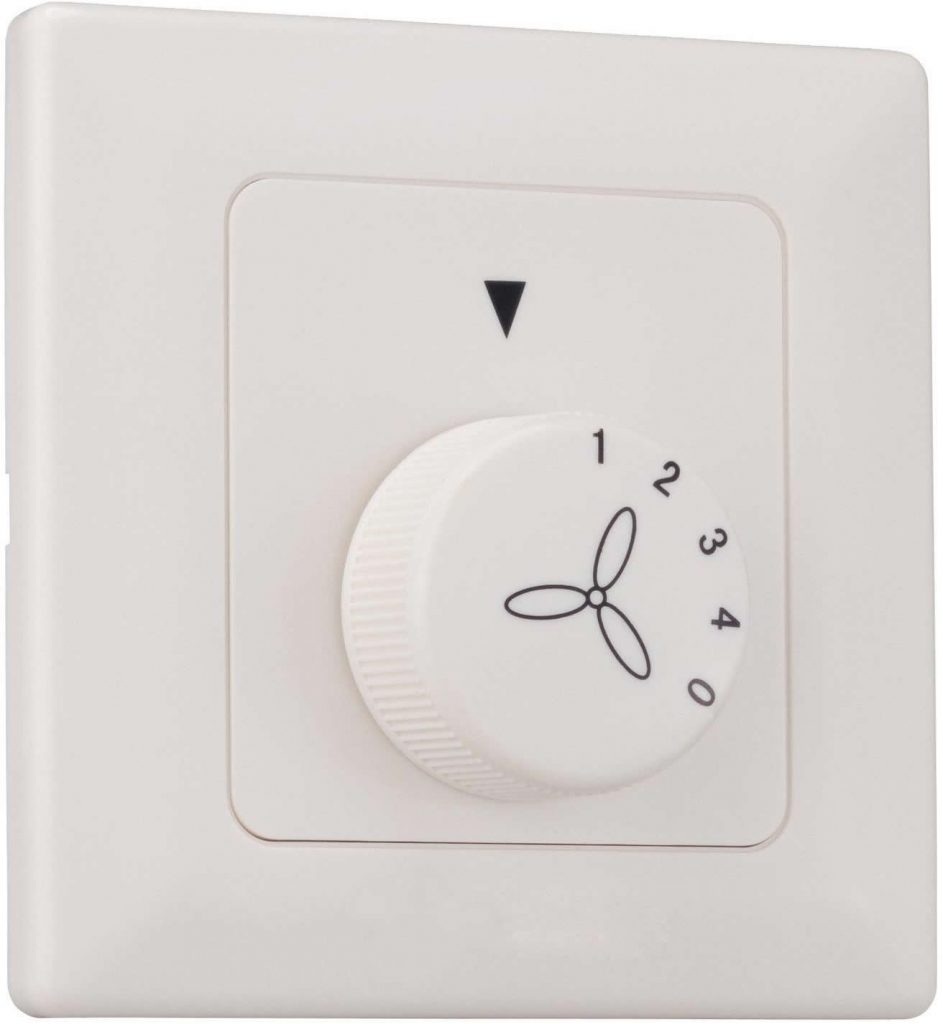April 24th, 2018 by
It’s that time of year again when the hot weather starts to get a little too hot for some. With just one month left before summer is upon us, the demand for a way to keep cool is great. For a lot of people, fans are the way to go for fast relief from the humid and sticky conditions that the season brings, with some seeing a ceiling fan as the ideal choice for their home. If you weren’t aware, they are also useful devices for actually warming up the home during the cold and damp days. However, while ceiling fans are certainly a popular choice for many, they can be tricky to figure out depending on the season. This is because they need to be adjusted differently to have an effect. For example, the direction of your ceiling fan in the summer shouldn’t be the same as the direction of it in the winter. But exactly what instructions are the correct ones? And did you know that the direction which your fan spins in could ultimately save you money in the long run?
Different Settings for Different Occasions
 Generally, the spinning of your ceiling fan should run anti-clockwise during summer in order to pull the room’s air down onto you. This is how it keeps you cool because it reverses the flow of the air towards your direction. If the environment you’re situated in is very warm, alter the speed of the fan to reflect this. In essence, the hotter it is, the higher the speed should be set at. Proper use of a ceiling fan during summer will help to bring down energy costs. Winter, on the other hand, is a different story. The cold season requires you to reverse the direction of your ceiling fan and put it in a clockwise direction on a low speed. This will help to pull the cool air in the room upwards, while pushing down the warm air from the ceiling. Naturally, the two different settings are polar opposites to one another, but do remember to lower any heating devices in the home during autumn as the fan will provide you with warmth anyway.
Generally, the spinning of your ceiling fan should run anti-clockwise during summer in order to pull the room’s air down onto you. This is how it keeps you cool because it reverses the flow of the air towards your direction. If the environment you’re situated in is very warm, alter the speed of the fan to reflect this. In essence, the hotter it is, the higher the speed should be set at. Proper use of a ceiling fan during summer will help to bring down energy costs. Winter, on the other hand, is a different story. The cold season requires you to reverse the direction of your ceiling fan and put it in a clockwise direction on a low speed. This will help to pull the cool air in the room upwards, while pushing down the warm air from the ceiling. Naturally, the two different settings are polar opposites to one another, but do remember to lower any heating devices in the home during autumn as the fan will provide you with warmth anyway.
Remote and Wall Control
 There are exceptions to this, varying depending on the fan you’re using. Thanks to remote control ceiling fans, testing out the different directions can be a leisurely exercise for those still struggling with the correct set-up of their fan. A wall control unit functions in a similar manner, allowing the user to operate the fan’s speed settings. If you’re doing it manually, consult your instructions or call our experts if you have any problems. So, there you have it: a useful guide on the direction your ceiling fan should be set at depending on the season. What are you waiting for? Go try it out for yourself and let us know if this guide helped you finally get your head around the correct orientation of your cooling device!
There are exceptions to this, varying depending on the fan you’re using. Thanks to remote control ceiling fans, testing out the different directions can be a leisurely exercise for those still struggling with the correct set-up of their fan. A wall control unit functions in a similar manner, allowing the user to operate the fan’s speed settings. If you’re doing it manually, consult your instructions or call our experts if you have any problems. So, there you have it: a useful guide on the direction your ceiling fan should be set at depending on the season. What are you waiting for? Go try it out for yourself and let us know if this guide helped you finally get your head around the correct orientation of your cooling device!


